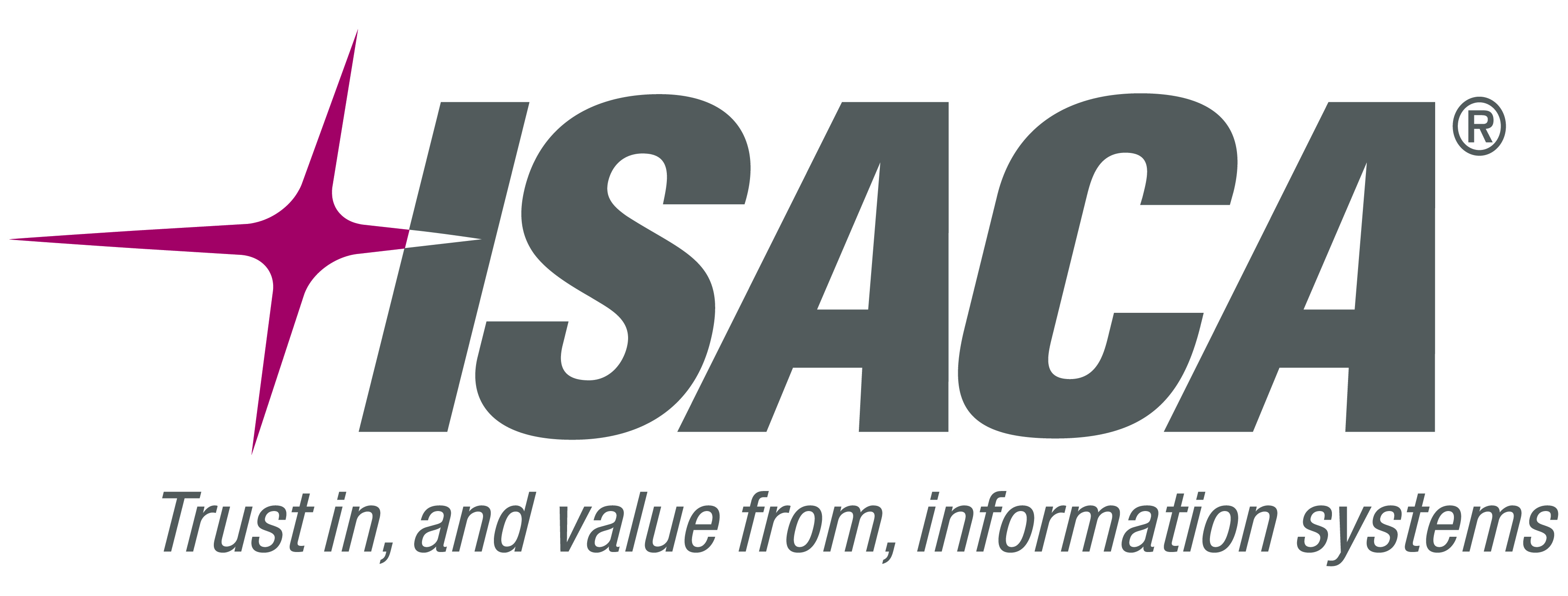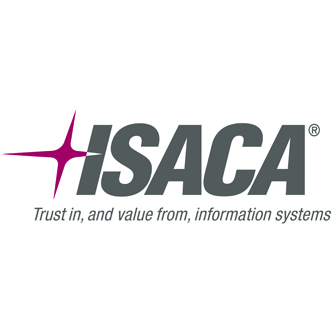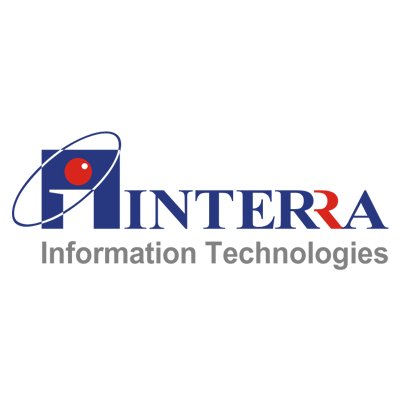 From cyberattacks and malicious employee actions to hacks into corporate social media accounts, 2013 is turning out to be a watershed year for technology-related enterprise threats. Organizations must integrate technology risk much more aggressively into enterprise risk management (ERM) if they want to reduce future loss and improve business performance, says a new guide from global IT association ISACA.
From cyberattacks and malicious employee actions to hacks into corporate social media accounts, 2013 is turning out to be a watershed year for technology-related enterprise threats. Organizations must integrate technology risk much more aggressively into enterprise risk management (ERM) if they want to reduce future loss and improve business performance, says a new guide from global IT association ISACA.
Mismanaging IT risk can reduce business value, create financial loss, damage corporate reputation and overlook promising new opportunities. According to a study by the Project Management Institute, every billion dollars that an enterprise spends represents $135 million in risk. ISACA’s COBIT 5 for Risk, developed by a global committee of risk professionals, provides a detailed guide to systematically governing and managing IT risk in the face of unpredictable threats. The 2013 risk landscape is unprecedented, marked by deliberate employee actions like the Snowden leaks, denial-of-service attacks against major banks, hacks into prominent Twitter and Facebook accounts, and cyberattacks against both businesses and government,” said Steven Babb, Chair of the COBIT 5 for Risk Task Force. “It’s no longer enough to identify a risk and add it to a risk register. COBIT 5 for Risk provides key guidance on tying IT risk directly to strategic business outcomes. Aligned with the international trend of increased corporate governance demands, The Companies Act 2013 casts significant responsibilities on the board and independent directors with regard to development and implementation of robust risk management systems and disclosures thereon. With business entities experiencing significant extension of IT to various facets of their organistion in recent times, COBIT 5 for Risk provides timely guidance to achieving the new compliance requirements while meeting the strategic expectations of balancing IT value and risk,” said R Vittal Raj, International Vice President, ISACA COBIT 5 for Risk, available at www.isaca.org/cobit5forrisk, is based on the globally recognized COBIT 5 framework for the governance and management of enterprise IT. The guide provides 20 risk scenario categories with potential responses. These scenarios include employee sabotage and theft, data and privacy breaches, disclosure of sensitive information through social media, industrial espionage, regulatory non-compliance, IT operational failures and support for innovation. The publication, which replaces the former Risk IT framework, also includes guidance on how COBIT 5 supports risk management and governance and how to set up and maintain an effective and efficient risk function based on COBIT’s seven enablers: Principles, policies and frameworks Processes Organizational structures Culture, ethics and behavior Information Services, infrastructure and applications People, skills and competencies COBIT 5 for Risk is based on ISACA’s broad expertise as a global leader in IT risk governance, education and certification. ISACA established the Certified in Risk and Information Systems Control (CRISC) credential in 2010. In 2013, it was awarded the Best Professional Certification Program Award from SC Magazine, and is among the highest-paying IT certifications named in the latest Foote Partners’ IT Skills and Certifications Pay IndexTM (ITSCPI). The guide is intended for: Risk professionals, to help them manage risk and incorporate IT risk into enterprise risk management (ERM) IT and business management, to help them understand how to identify and manage IT risk, and how to communicate IT risk to business decision makers Boards and executive management, to help them understand the implications of IT risk on the enterprise’s strategic objectives—and how to optimize IT for successful strategy execution COBIT 5 for Risk can be purchased from www.isaca.org/cobit5forrisk. The COBIT 5 framework publication can be downloaded free of charge at www.isaca.org/cobit.







